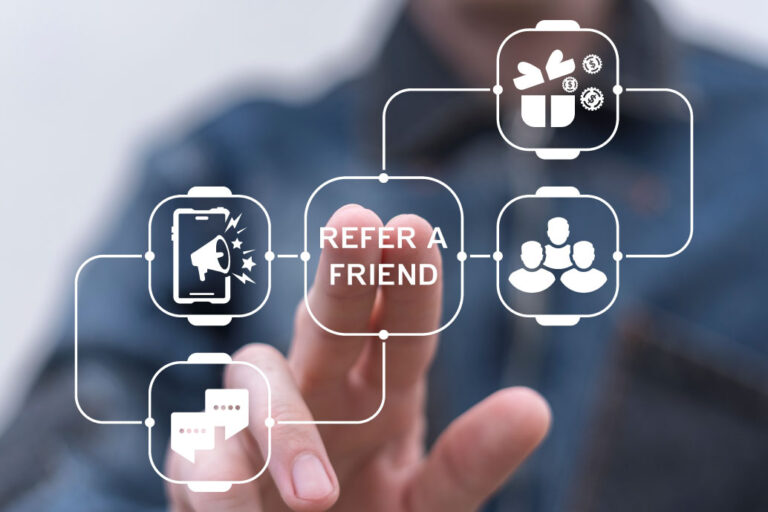O WhatsApp se consolidou como um verdadeiro balcão de atendimento, vitrine e até caixa registradora para pequenos negócios em todo o Brasil. No entanto, o que acontece quando o volume de mensagens aumenta e a organização do atendimento começa a se desestruturar? Esse desafio pode ser superado com o auxílio de soluções tecnológicas, que oferecem a agilidade e a eficiência necessárias para otimizar a comunicação e melhorar a experiência do cliente.
Atualmente, o WhatsApp é o principal canal de comunicação para as PMEs, mas muitas ainda utilizam essa ferramenta de maneira improvisada. Isso prejudica a experiência do cliente e resulta em oportunidades de vendas perdidas”, afirma César Baleco, CEO do IRRAH TECH, especialista em soluções de automação e inteligência artificial para o varejo. A empresa oferece a PlugChat, uma plataforma que auxilia pequenas e médias empresas a profissionalizar o uso do WhatsApp no atendimento e no relacionamento com seus clientes.
Segundo o Panorama de Marketing e Vendas 2024, da RD Station, 70% das empresas brasileiras já utilizam o WhatsApp como principal meio de contato com seus clientes e leads. “O desafio, porém, está em escalar esse atendimento sem perder o controle nem a qualidade”, diz Baleco.
Ele conta que tecnologias, a exemplo da PlugChat, são capazes de centralizar todos os atendimentos via WhatsApp em um único número, permitindo que vários atendentes da empresa respondam aos clientes de forma simultânea e organizada. Os históricos ficam salvos, e os gestores conseguem acompanhar o desempenho da equipe em tempo real, com métricas claras.
“O empresário não precisa mais se preocupar se o cliente falou com fulano ou com ciclano. A conversa está ali, no sistema, visível para todos os envolvidos. Isso elimina ruídos e acelera as respostas”, afirma Baleco.
Além disso, a plataforma se integra com ferramentas como o Trello, transformando conversas em tarefas para outras áreas da empresa, como suporte técnico, financeiro ou logística. Isso garante agilidade nas entregas e mais eficiência operacional.
Outro recurso importante é o envio automático de pesquisas de satisfação ao fim do atendimento. De acordo com Baleco, essa funcionalidade ajuda o empresário a entender onde pode melhorar. “É uma forma simples de ouvir o cliente sem precisar de ferramentas complexas.”
O CEO do IRRAH TECH comenta que muitas PMEs começaram usando o WhatsApp de forma despretensiosa, respondendo mensagens do próprio número pessoal. Porém, ele reforça que, com a digitalização forçada pela pandemia e o avanço do e-commerce, o aplicativo se tornou uma extensão do negócio e exige ferramentas profissionais. “É ajudar o pequeno empreendedor a dar esse passo: sair do improviso e entrar em uma gestão inteligente e orientada por dados”, diz o CEO do IRRAH TECH.












